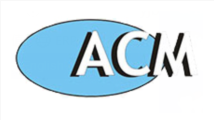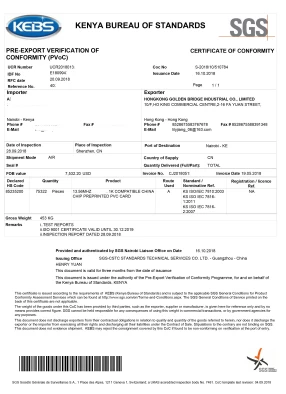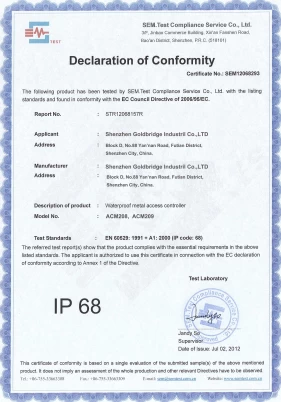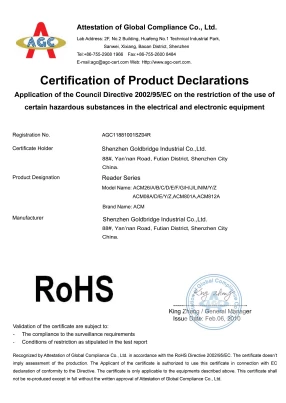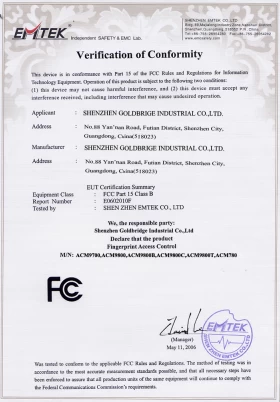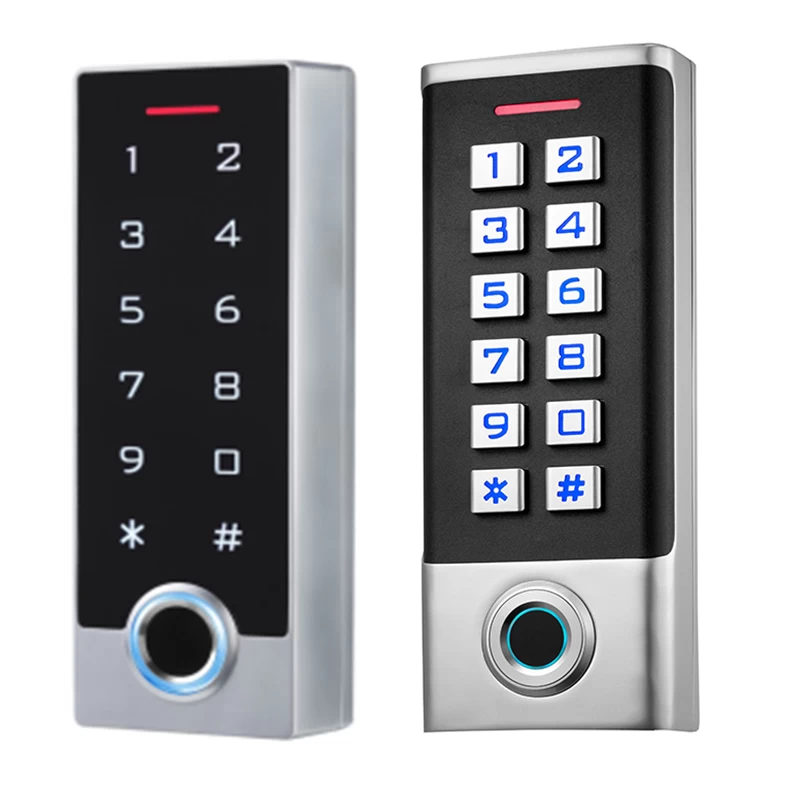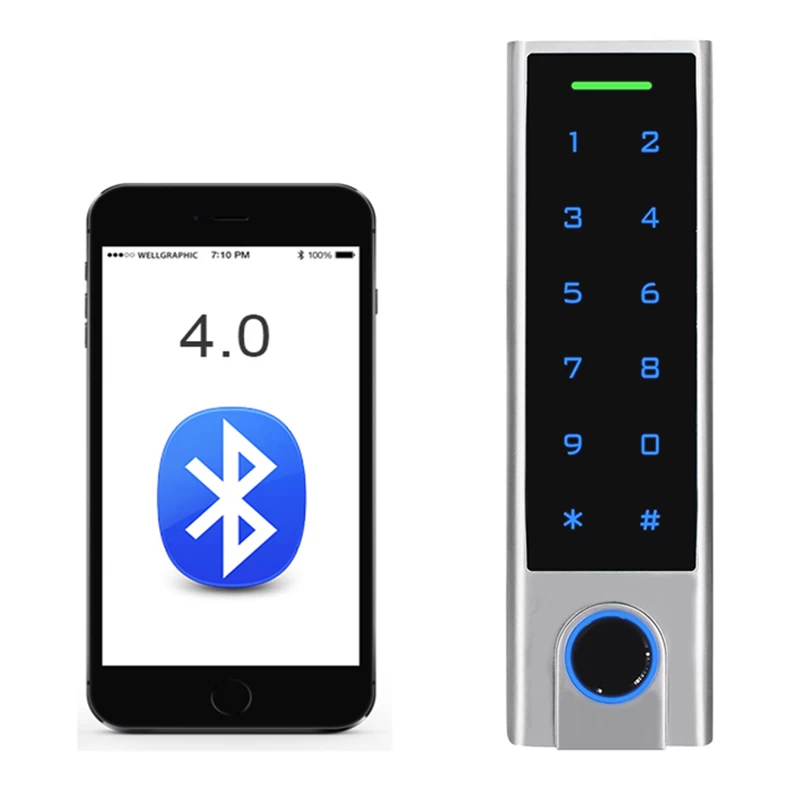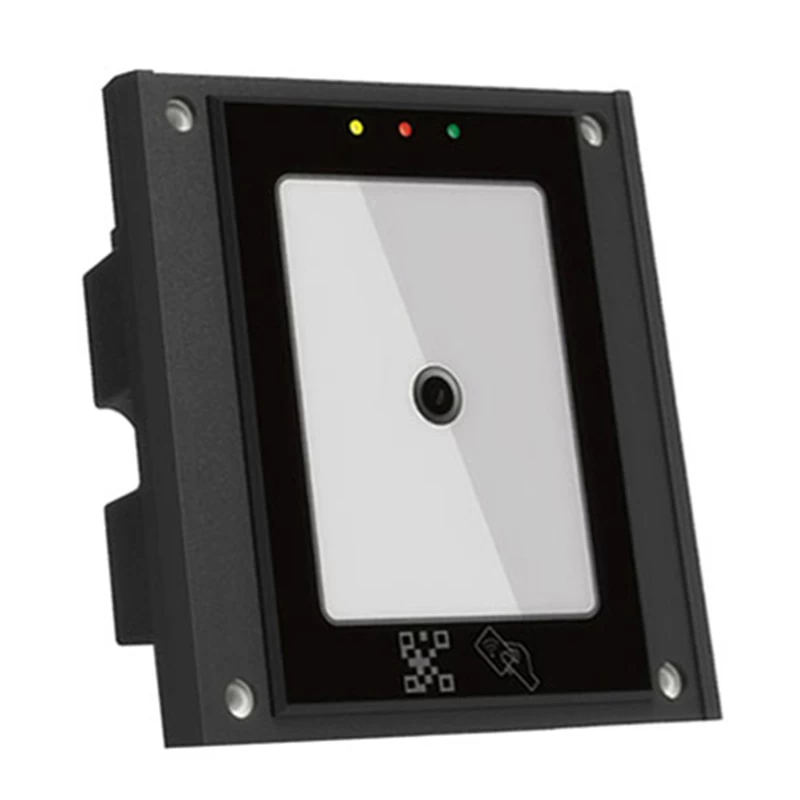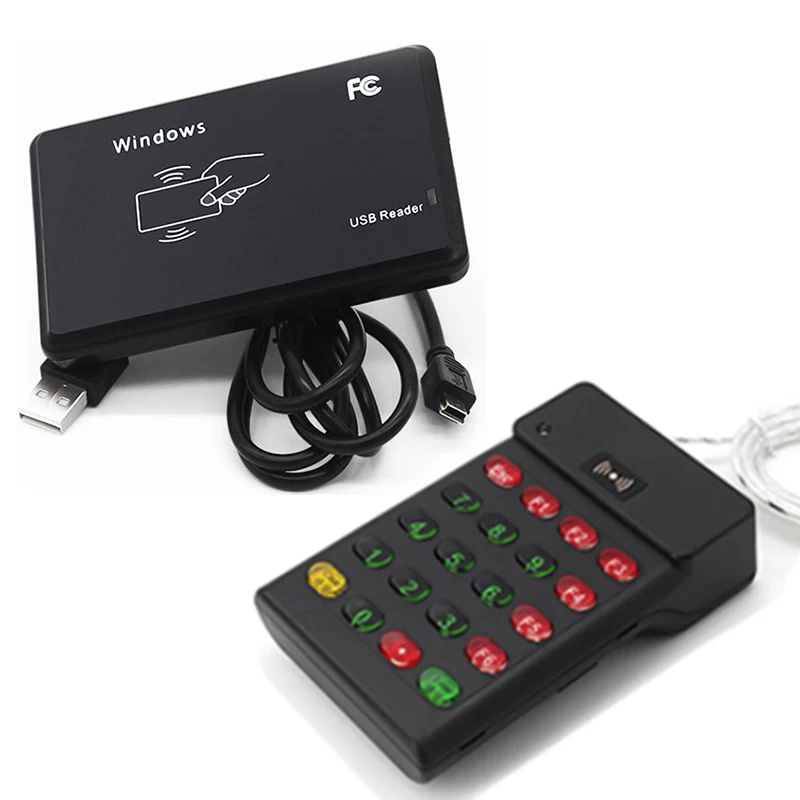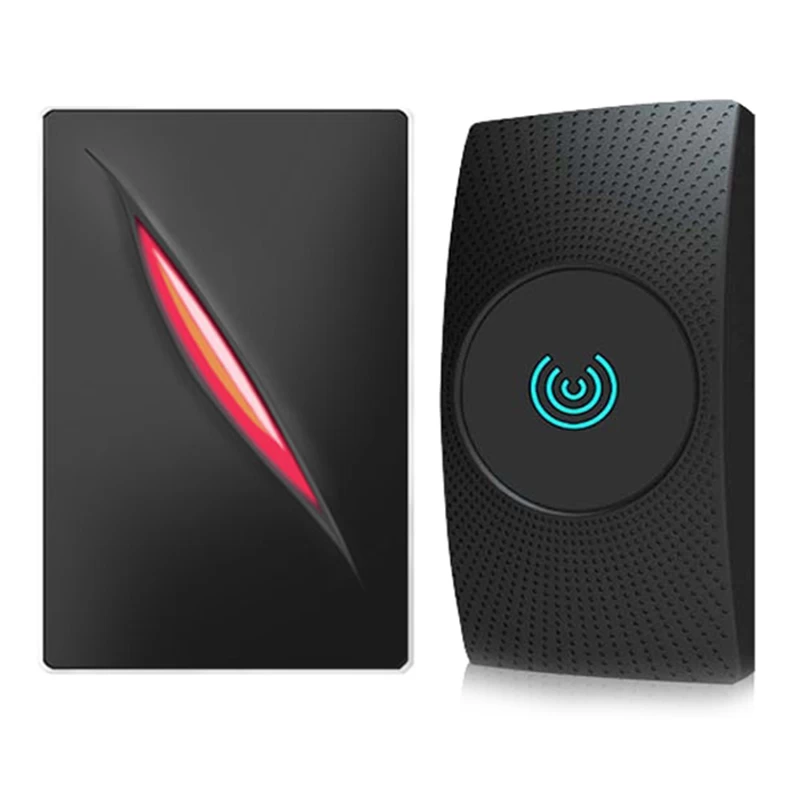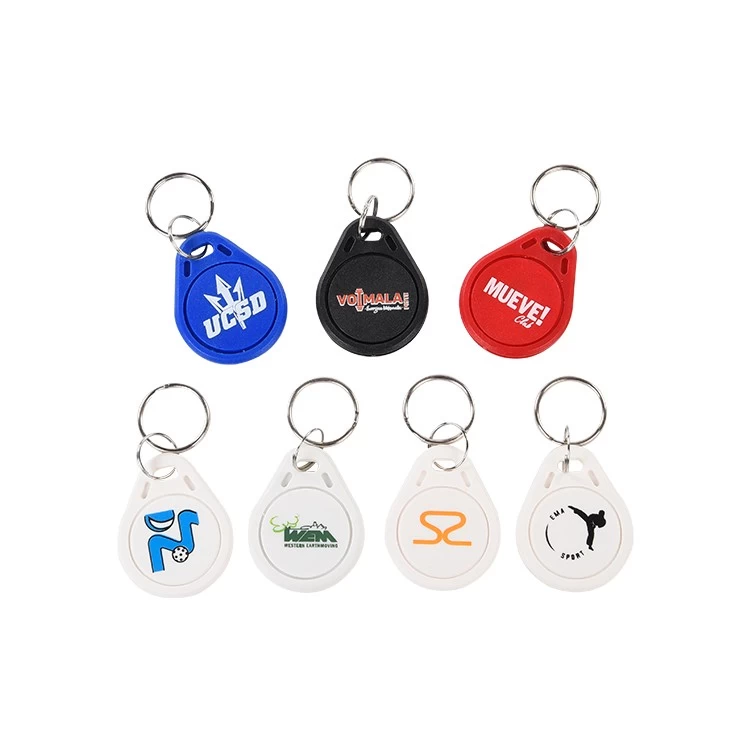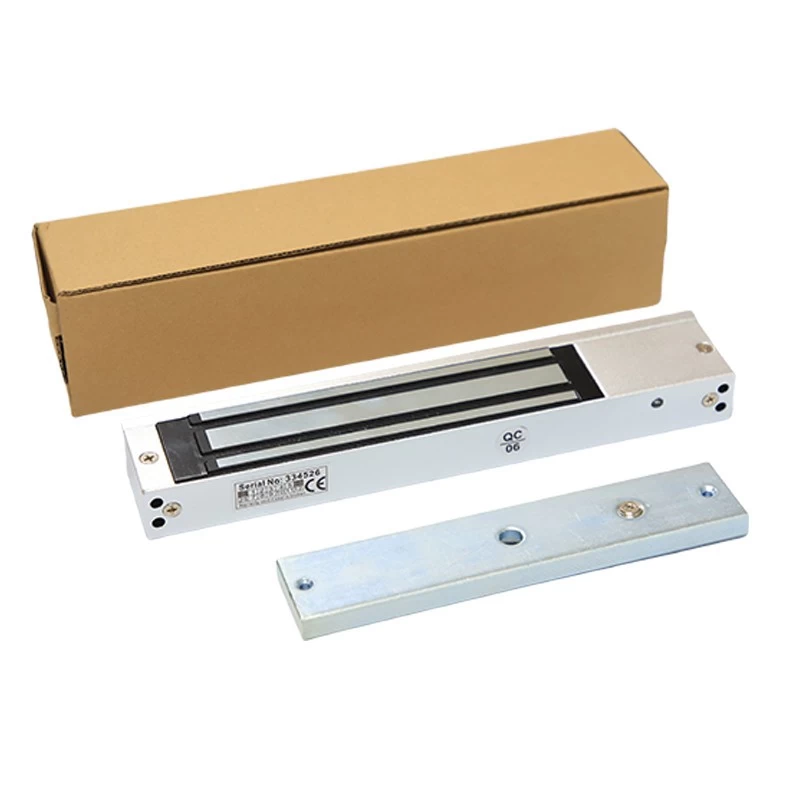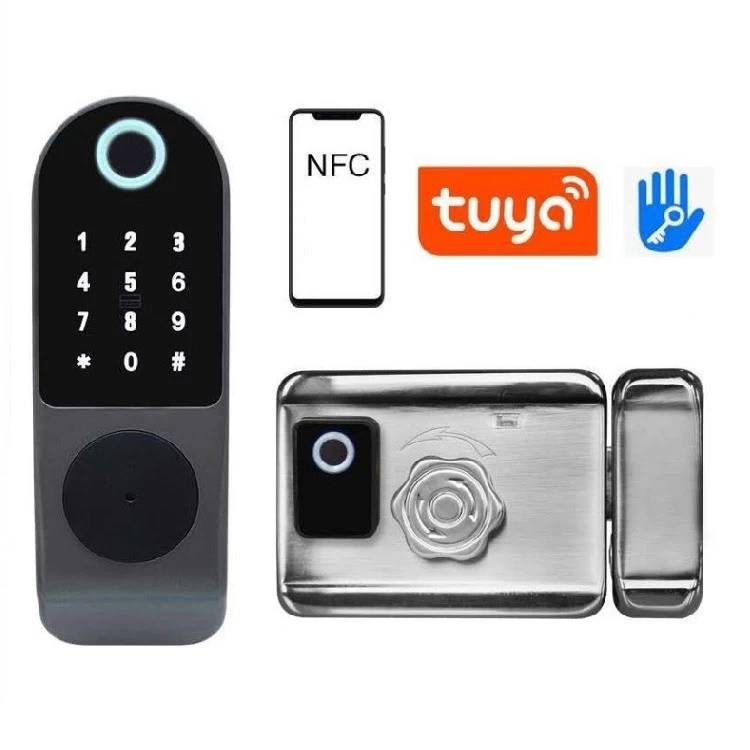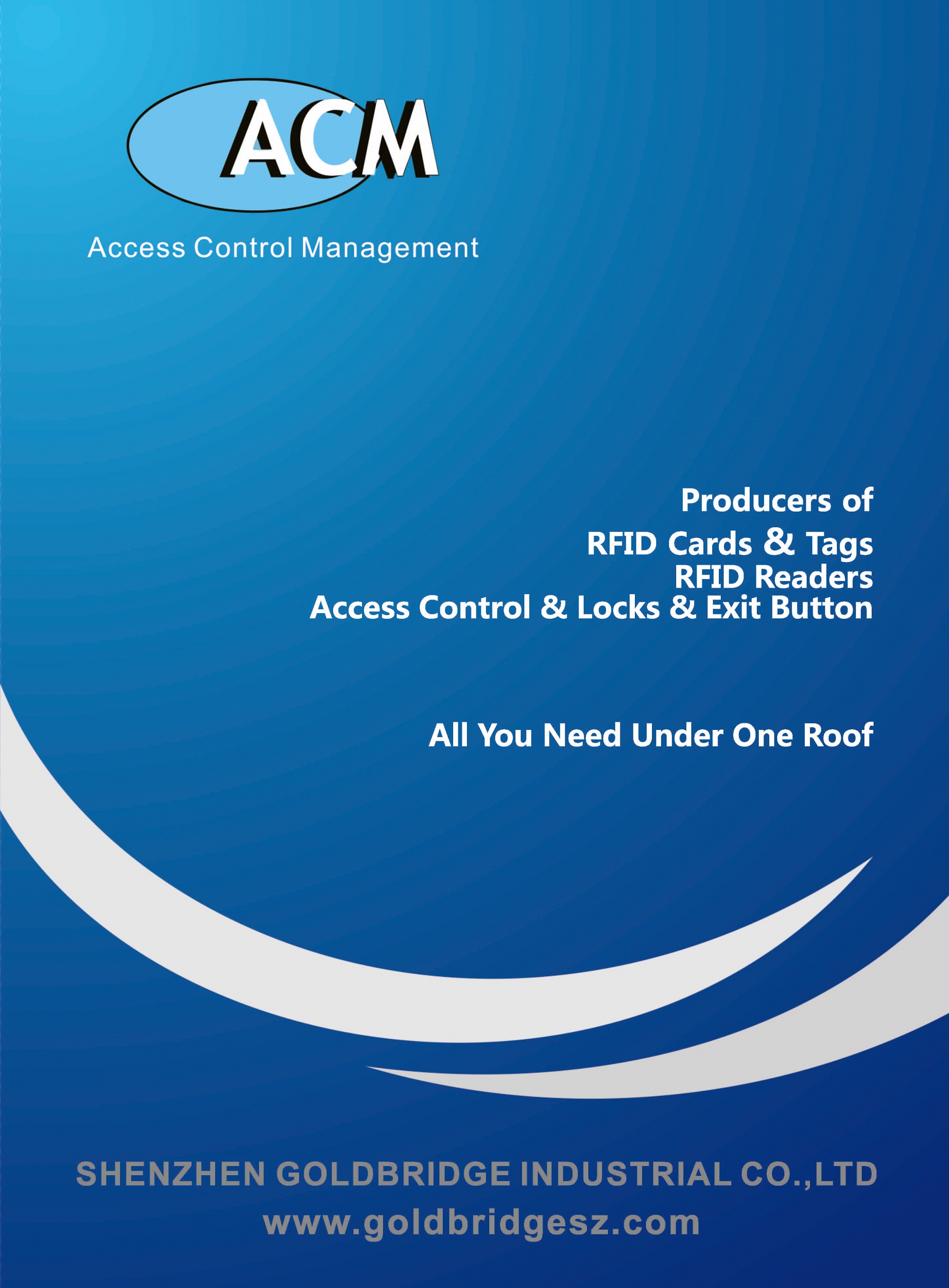Characteristics and manufacturing applications of fixed RFID readers
Commonly used RFID readers are divided into fixed and handheld (also known as mobile). Fixed RFID readers, whose antennas can be either external or built-in. Compared with hand-held devices, fixed RFID readers have certain advantages in reading distance and range.
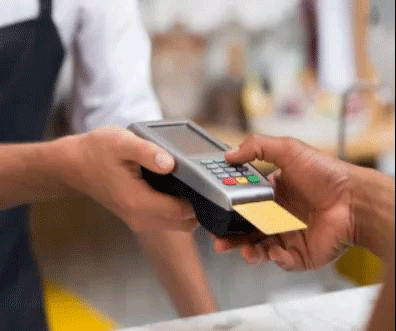
Features of fixed RFID reader
1. The output power is 5~33dBm (adjustable). The transmission power of the RFID reader affects the reading distance. The greater the transmission power of the reader, the reading distance will increase.
2. It can be matched with a variety of antennas to achieve high tag reading rate and fast reading and writing processing.
3. Rich functions, RS232, RS485, RJ45 (TCP/IP), WiFi and other communication interfaces, easy to integrate and deploy.
4. It is suitable for scenes with long reading distance and fast tag reading speed, such as warehousing in and out of storage, pipeline channel machine inventory, etc.
The specific application of fixed RFID reader in the manufacturing industry
1. Forklift entry and exit management
Installing a fixed RFID reader on the forklift can improve the accuracy and efficiency of identification, identify the location information and product information in the warehouse, and improve work efficiency.
2. RFID access door
Deploy fixed RFID readers on the gantry or other devices to identify incoming and outgoing goods and vehicles and check with the system task list. It can be used to identify goods entering and leaving the warehouse, and it can also be used to identify the transfer of goods in the warehouse. Barcode technology improves efficiency and can save manpower.
3. Workstation management
RFID readers and antennas are installed at each station. When a product with RFID tags enters the RFID station, the reader reads the tag data on the product and transmits the information to the logistics control management system, which is based on the product Information, lists the package number, batch and other information of the goods, and displays it on the display screen, prompting production workers to perform related operations.
